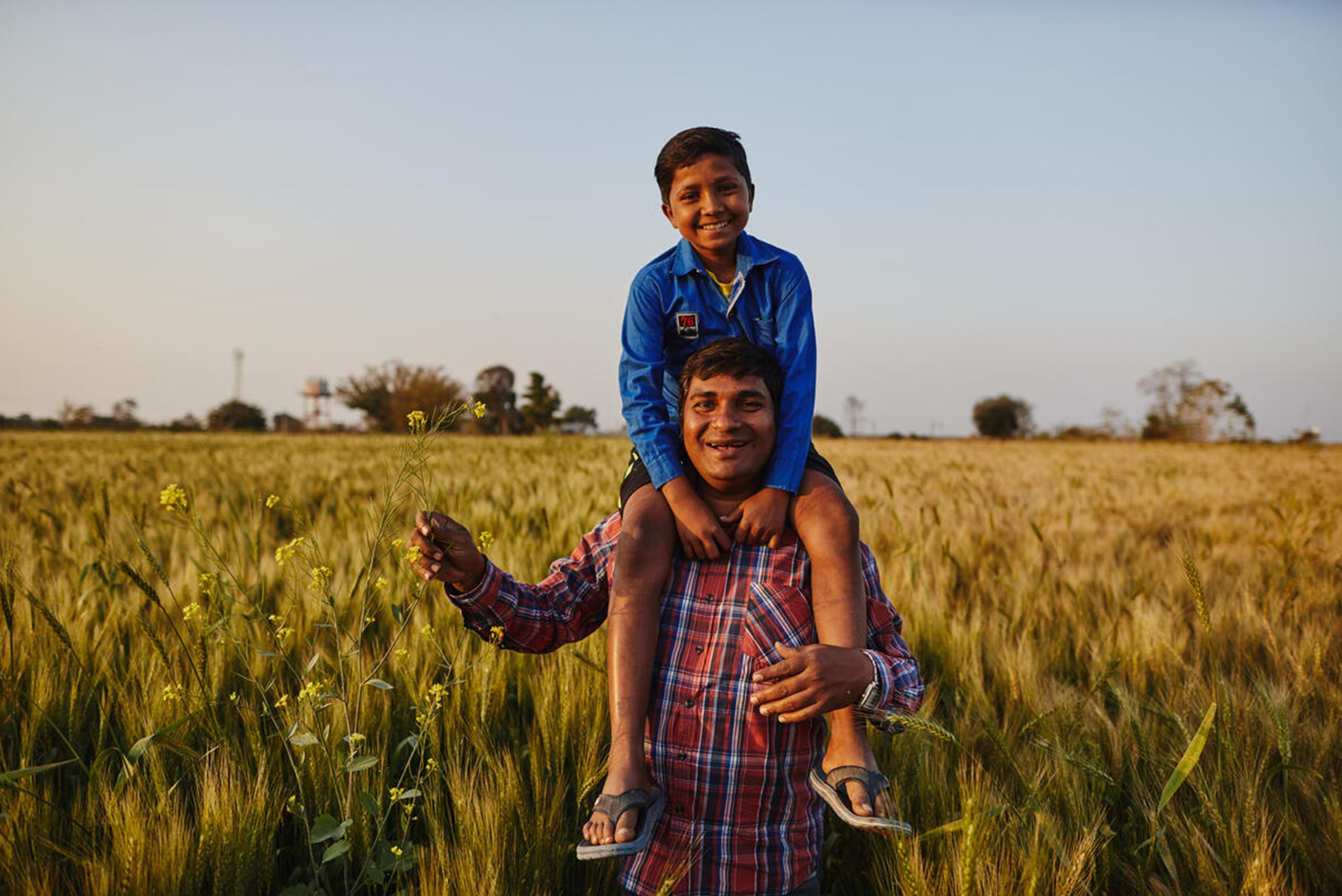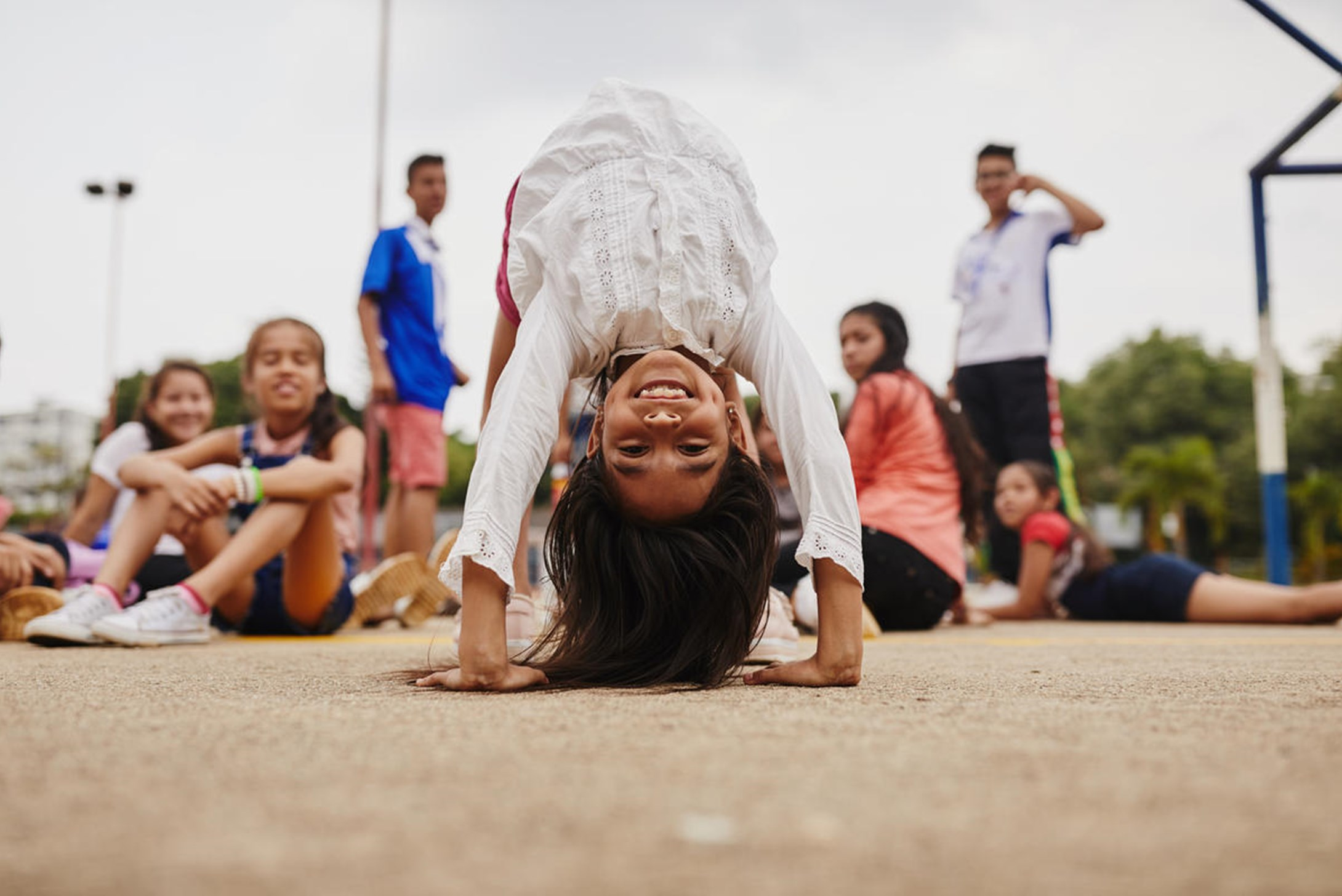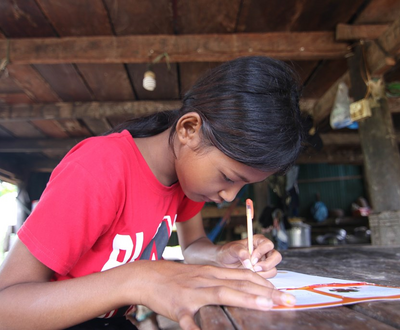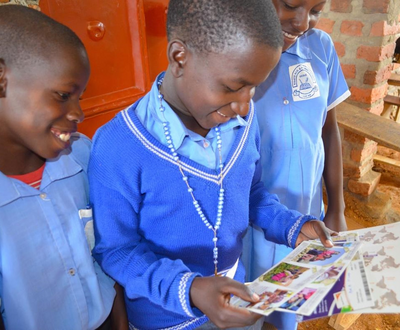Have you ever wondered how effective child sponsorship is?
Does it really change children’s lives and empower them for a better future? Or does it cause harmful dependency which can hinder children and their community forever?
These are important questions!
World Vision’s child sponsorship model is focused on empowering children and their communities to break free from poverty, for good. And independent research proves that it works.
A four-year study conducted by four universities in nine countries where we work found that both sponsored children and non-sponsored children participating in our programmes reported being happier, healthier and more hopeful for the future. They also attended school more, and their communities were stronger and collaborated together more.
One of the biggest reasons is that it empowers communities to unlock their own solutions. Here are 4 ways child sponsorship builds self-sufficient communities.
1. It’s a partnership from beginning to end
We work hand-in-hand with communities for up to 15 years to create change that lasts. We recognise the expertise communities have about their own needs and the solutions they require, and partner with them to bring those solutions to life. We are partners from planning to implementation to our eventual exit.
Every community knows their needs better than we do. So, working side by side with community members, including children who bring some of the best ideas to the table, every person brings their our collective gifts and expertise. Throughout this process they build up local knowledge, resources, confidence, experience and connections, to create long term self-sufficiency, rather than short-term fixes. Community members are the ‘owners’ of the solutions that will create transformation – and their transformed community is a place where all children – not just sponsored children – can thrive.

2. Solutions are tailored to each communities’ needs
Through our 70 years of experience, working in nearly 100 countries around the world, we understand there is no ‘one-size-fits-all’ solution to poverty. Each community is different, so we start by listening to understand their greatest needs. For instance, some communities may already have good access to education, but lack clean water. They may have healthcare available, but lack nutritious food or job opportunities for adults and parents.
Most often, root causes go beyond clean water, education and healthcare and can be more about a lack of resources, damaging attitudes or mindsets, misinformation, a shortage of knowledge or skills or confidence. That’s why we work with each community to identify the specific, underlying causes of poverty which need to change for children.
Together, we develop a plan to tackle those root causes of poverty, and then put it into action, with monitoring and support. Every plan is unique, but all are designed to break children free from poverty, for good.

3. A holistic approach achieves children’s complete well-being
Success can only be achieved by looking at the big picture. Rather than specialising in just one area, we work to bring about change in many aspects of community life, from digging wells to preventing child marriage, to teaching new farming skills, training community leaders or helping children obtain a birth certification or understand their rights.
This holistic approach extends to emergency relief, long term development and advocacy – to the way we measure success for children and their physical, social, emotional and spiritual well-being. Our goal is to empower children to develop healthy minds, bodies, and spirits so they can build a future free from poverty for themselves and their community. Where it’s needed, we resource or strengthen schools to develop quality education for all children in a community – strengthening their minds. Or we help children and their families have access to clean drinking water, nutritious food, and health care, that they are safe from abuse, and that their parents can provide for them – strengthening their bodies. And we help children to develop the emotional health and social skills to become leaders in their community, and beyond – strengthening their spirits.

4. Sponsorship starts with the end in sight
Because we want to ensure that children continue to flourish well after our community partnership is over, the end is planned from the start. We establish priorities and the timeframe it will take to achieve the community’s specific goals. Then we work together to build lasting systems that will enable the community to maintain and build on what has been achieved together.
It takes time – usually 10 to 15 years – to equip communities to lead and achieve long-term change. But there comes a point where communities are ready to continue making progress on their own. Children and their families are ready to face the future on their own. Together, we have achieved our goal. The community is self-sufficient and that is cause for huge celebration!

As a child sponsor, you’re helping communities become self-sufficient and break free from poverty, for good!

